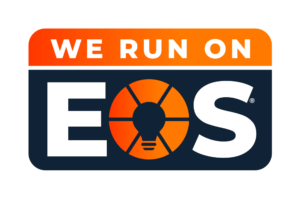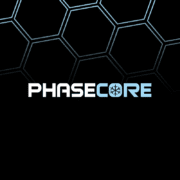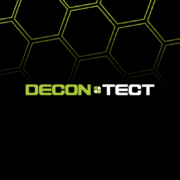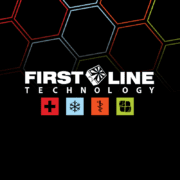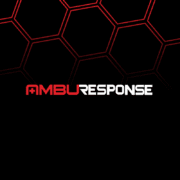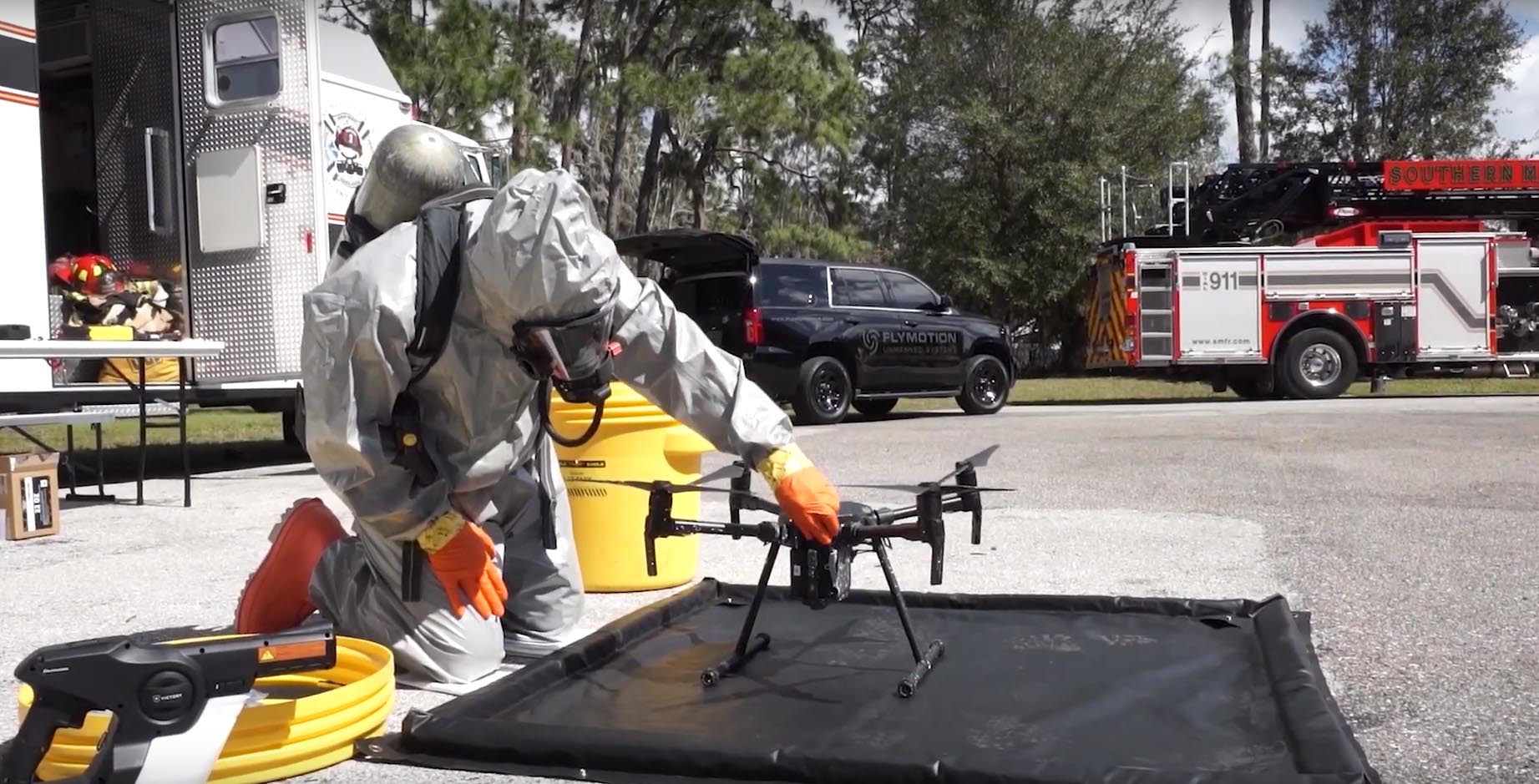COVID-19 Forces California Nursing Home Evacuation
/in News/by Tim KarneyAccording to an article by Cheri Mossburg of CNN, the Magnolia Rehabilitation and Skilled Nursing Center in Riverside, California was evacuated after the staff didn’t show up for work.
The nursing home had been hit hard by the coronavirus with at least 34 of 84 patients and five staff members testing positive.
This is not an isolated incident. On March 25, a nursing home in Englewood, New Jersey had to be completely evacuated. With the spread of COVID-19, it is likely that this scenario will be repeated many times.
A nursing home or hospital evacuation usually requires many ambulances and two or more EMTs to staff each. But most emergency medical service departments are already straining to handle the transport of Covid-19 patients on top of their regular medical transports.
One possible solution to this problem is to transport more patients in a single trip. With an AmbuBus Conversion Kit® from First Line Technology, any available school or metro bus can be converted into a multiple patient transport vehicle by two people in about two hours.
Depending on the configuration, an AmbuBus can transport between 12 and 24 patients in a single trip with only three EMTs. That same patient transfer would require up to 24 single passenger ambulances and 48 EMTs.
When a medical transport or evacuation calls for more patients than an ambulance but less than the number that would require an AmbuBus, the new AmbuBus Quick Response Transport (QRT)™ option is the right solution.
Originally designed for military or law enforcement tactical situations where having many ambulances on scene is not practical, a QRT can carry from three to six patients in a single trip. Only two EMTs would be needed to staff the vehicle.
Hospital Surge and Quarantine
The sturdy powder-coated structural steel frames of the AmbuBus can also be set up free-standing in a hospital corridor, cafeteria, or any shelter for additional patient beds, quarantine, or responder sleeping quarters when not needed for transport.
Mortuary Services
The AmbuBus and the QRT are valuable resources for transporting and storing deceased patients.
A freestanding AmbuBus frame can be set up in any refrigerated room, container or vehicle for temporary storage of bodies. The QRT can easily transport up to 6 bodies in a single trip. The QRT frame will easily fit into all 170″ wheelbase Sprinters and Ford Transit Vans 2.
For more information on the AmbuBus Conversion Kit and Quick Response Transport visit: https://www.firstlinetech.com/amburesponse/
To read the original article, click here.
Save a HazMat Team. Send a Drone.
/in Drone Hazmat Operations, News/by Tim KarneyEvery minute in a hot zone puts your operators’ lives at risk. But whenever a HazMat incident occurs, the cause of the problem must be found and the threat neutralized.
Up to now, the only way to find the problem was to don PPE and enter the hot zone. But increasingly, Unmanned Aerial Vehicles (UAV) or drones, and Unmanned Ground Vehicles (UGV) or robots, are being used in HazMat operations for situational awareness and identifying the threat as well as communications during the deployment.
Recently, the Southern Manatee Fire & Rescue HazMat Team deployed a fleet of DJI drones in a HazMat response at an industrial warehouse. DJI, the manufacturer of the drones used in this deployment wrote an excellent case study of this deployment. Their article can be found here.
But sending a drone or robot into a hot zone creates a new problem; decontaminating the unmanned vehicle and the sensitive sensors, optics, and electronics it carries. Traditional wet decon processes usually involved large quantities of liquid at high pressures or the use of corrosive solutions.
To find a way to safely decon unmanned vehicles, FLYMOTION, the a leading reseller of DJI drones in the United States partnered with First Line Technology to develop a Drone Decon Kit (DDK)™.
“As we worked with our customers who are using drones in HazMat operations, they wanted a safe, and efficient way to decontaminate both the drone and the sensors it carries. Working together with First Line Technology, the company that pioneered the Hybrid Decon process, we were able to develop an easy-to-use kit that is rapidly deployable and can neutralize almost any contaminant while protecting all the sensitive equipment and the drone itself.”
Rich Gatanis, FLYMOTION
First Line pioneered the Hybrid Decon™ process which uses a three-part dry decontamination wipe called FiberTect®, which can remove up to 95% of a contaminant. Then the remaining contaminant is sprayed with a small quantity of Dahlgren Decon™, a non-corrosive decontamination solution developed by the U.S. Navy.
Watch Southern Manatee Fire & Rescue HazMat Team field testing the Drone Decon Kit below:
For more information or to request a quote on the Drone Decon Kit, visit https://flymotionus.com/product/drone-decon-kit/
Contact
First Line Technology HQ
487 Lendall Ln,
Fredericksburg, VA 22405
____________________
703.955.7510 [Phone]
844.955.7510 [Toll Free]
703.955.7540 [Fax]
info@firstlinetech.com

